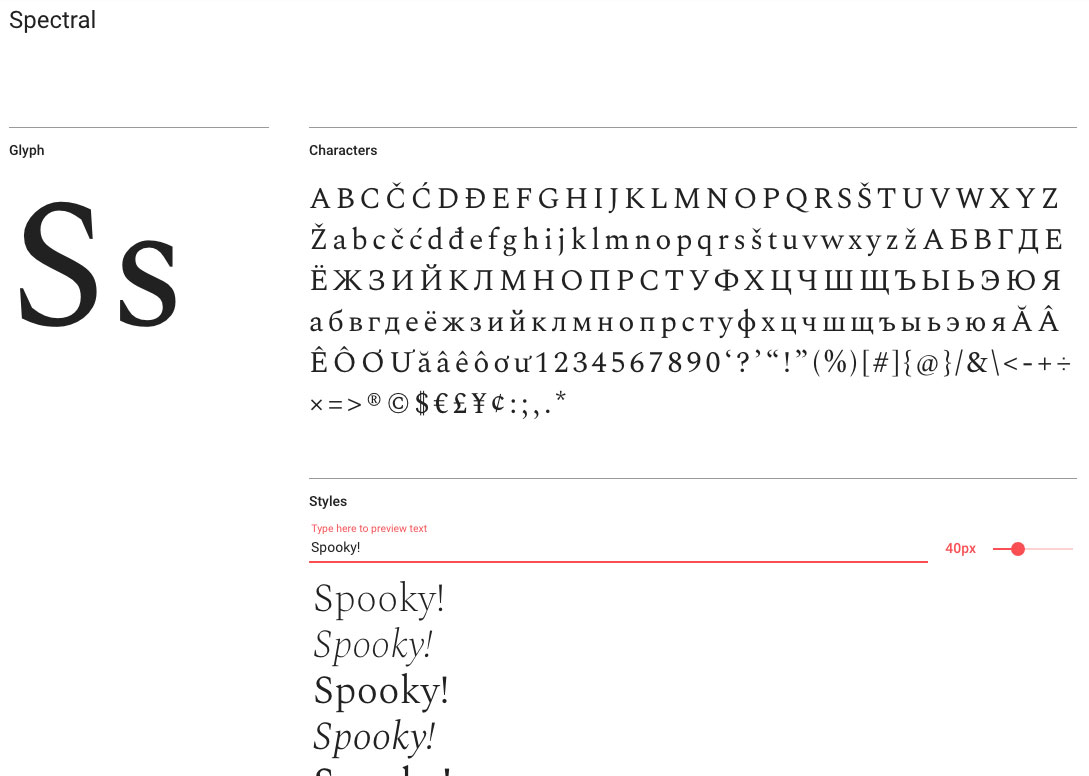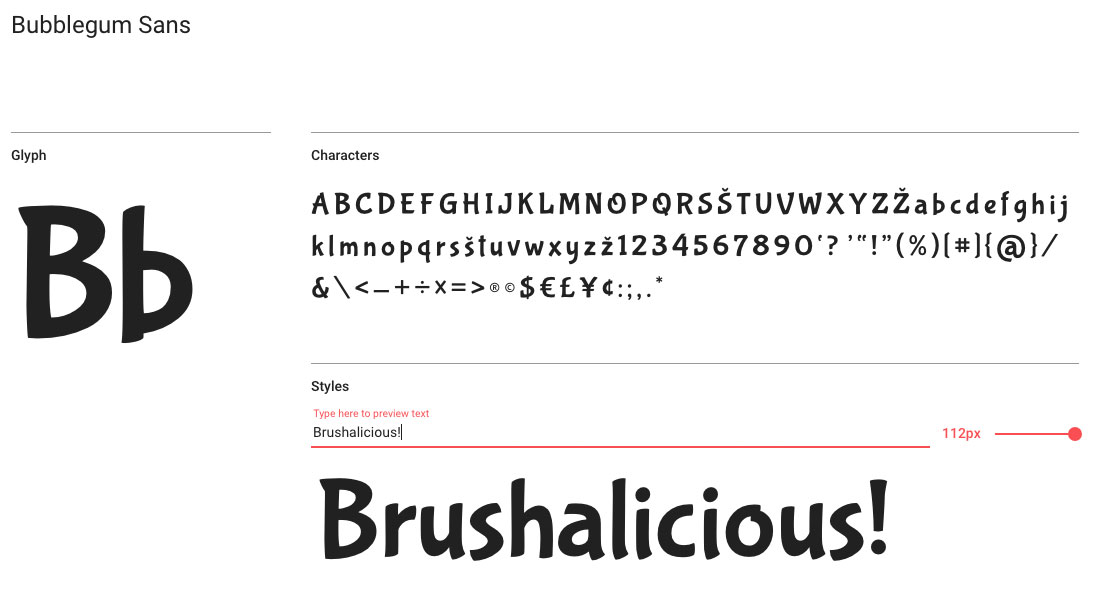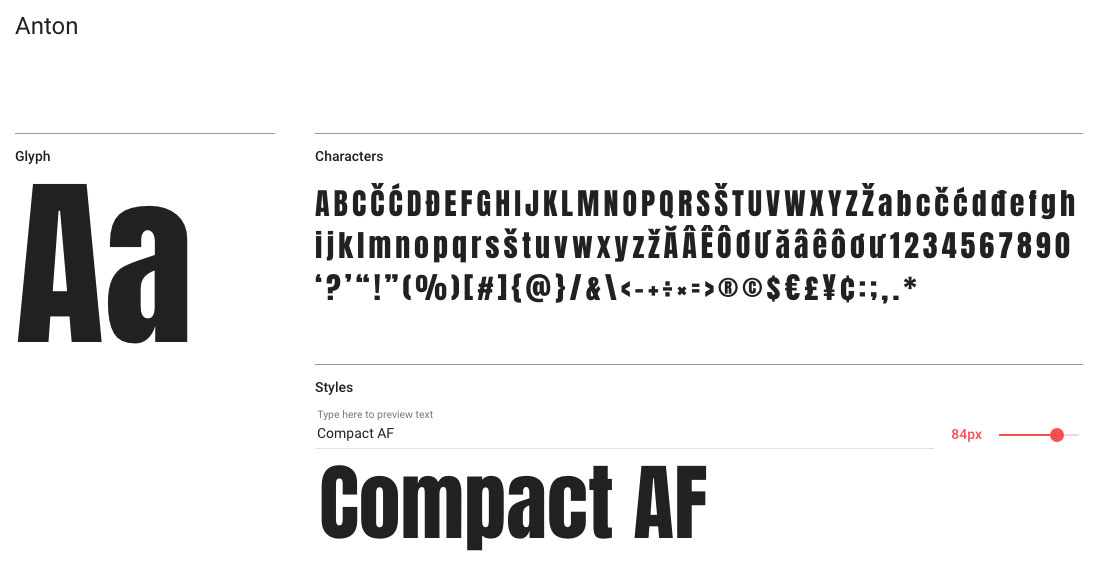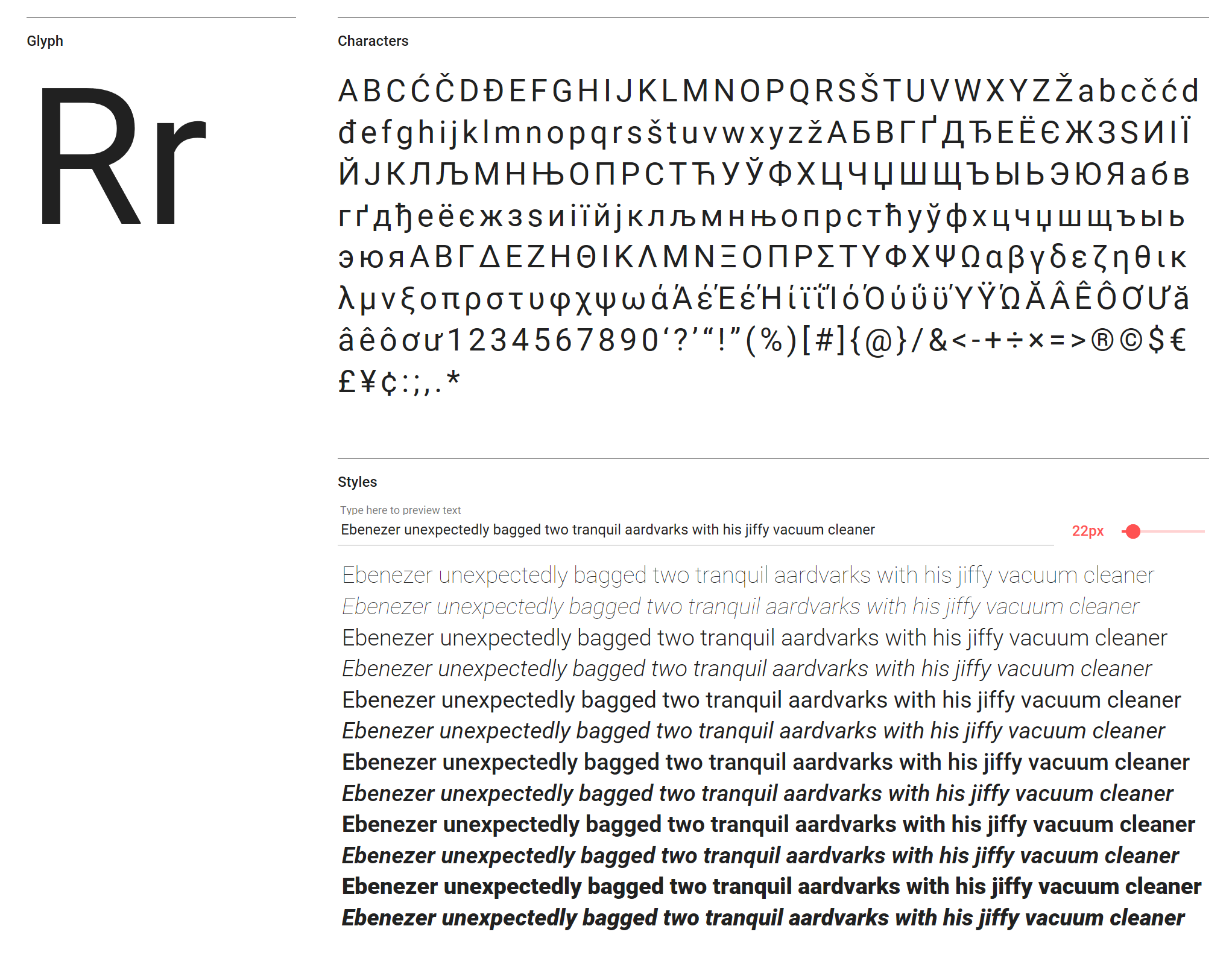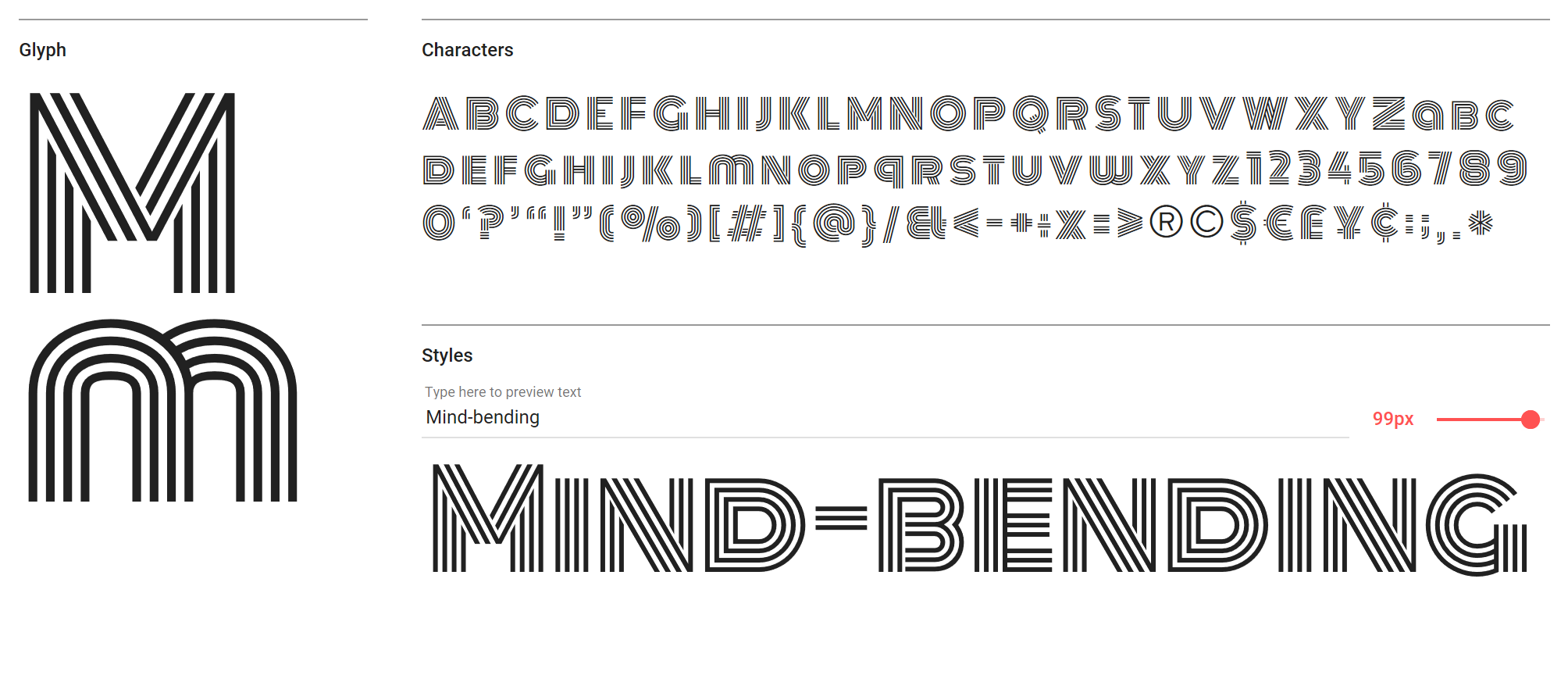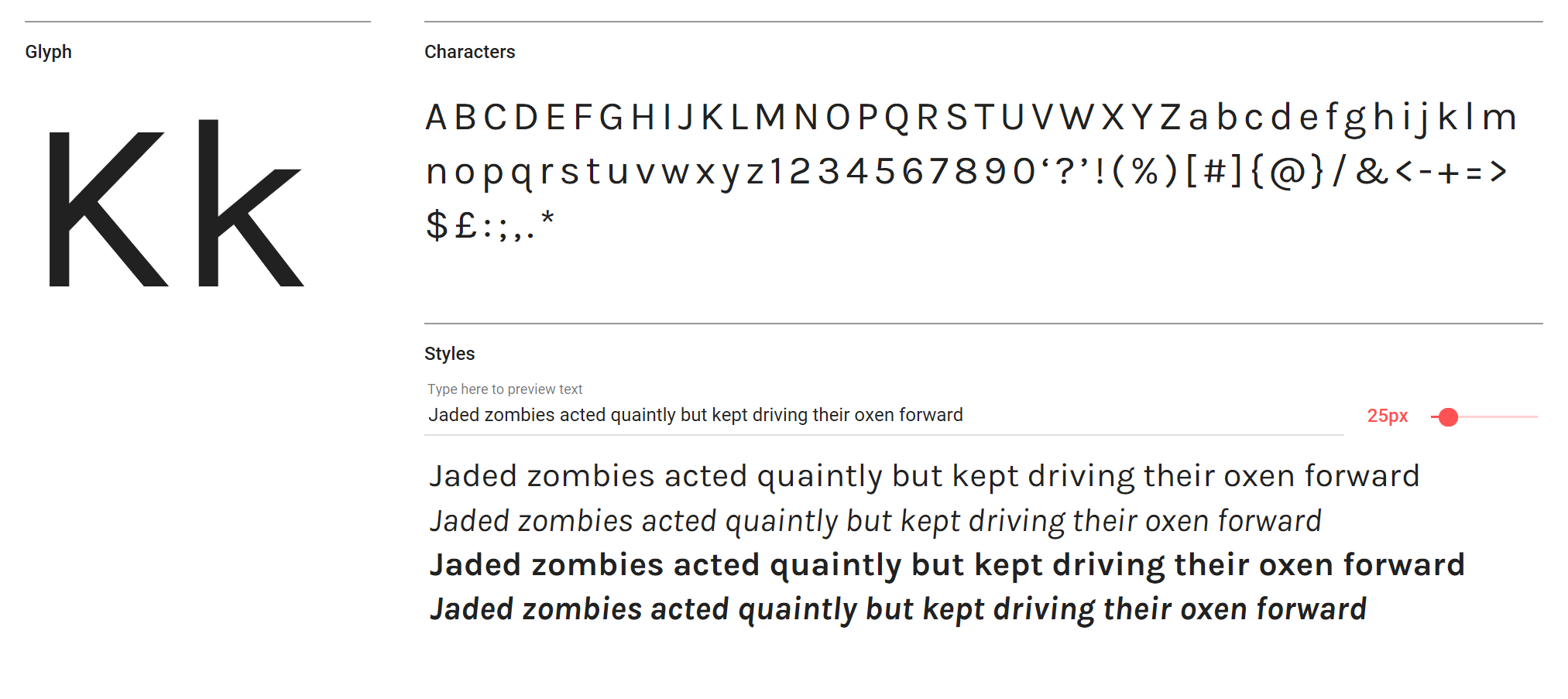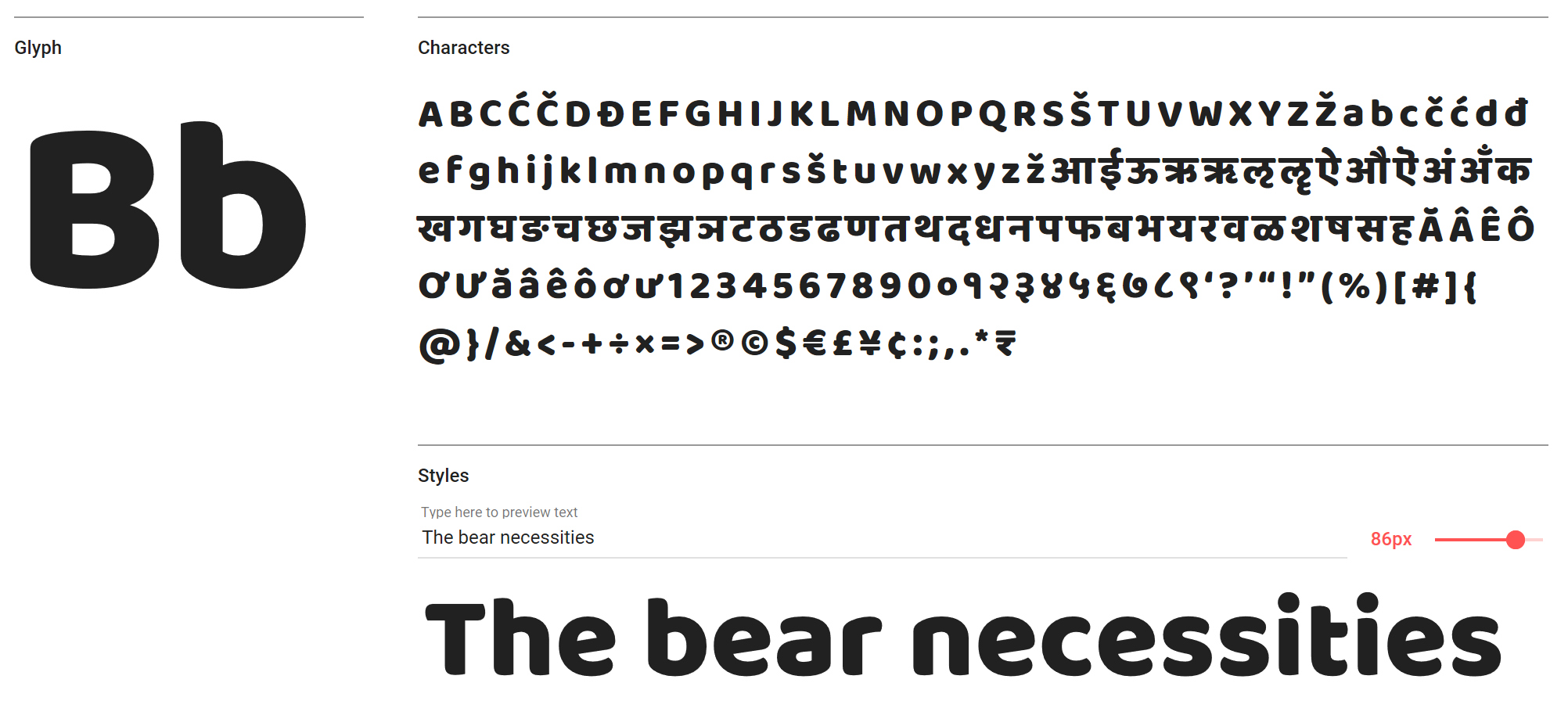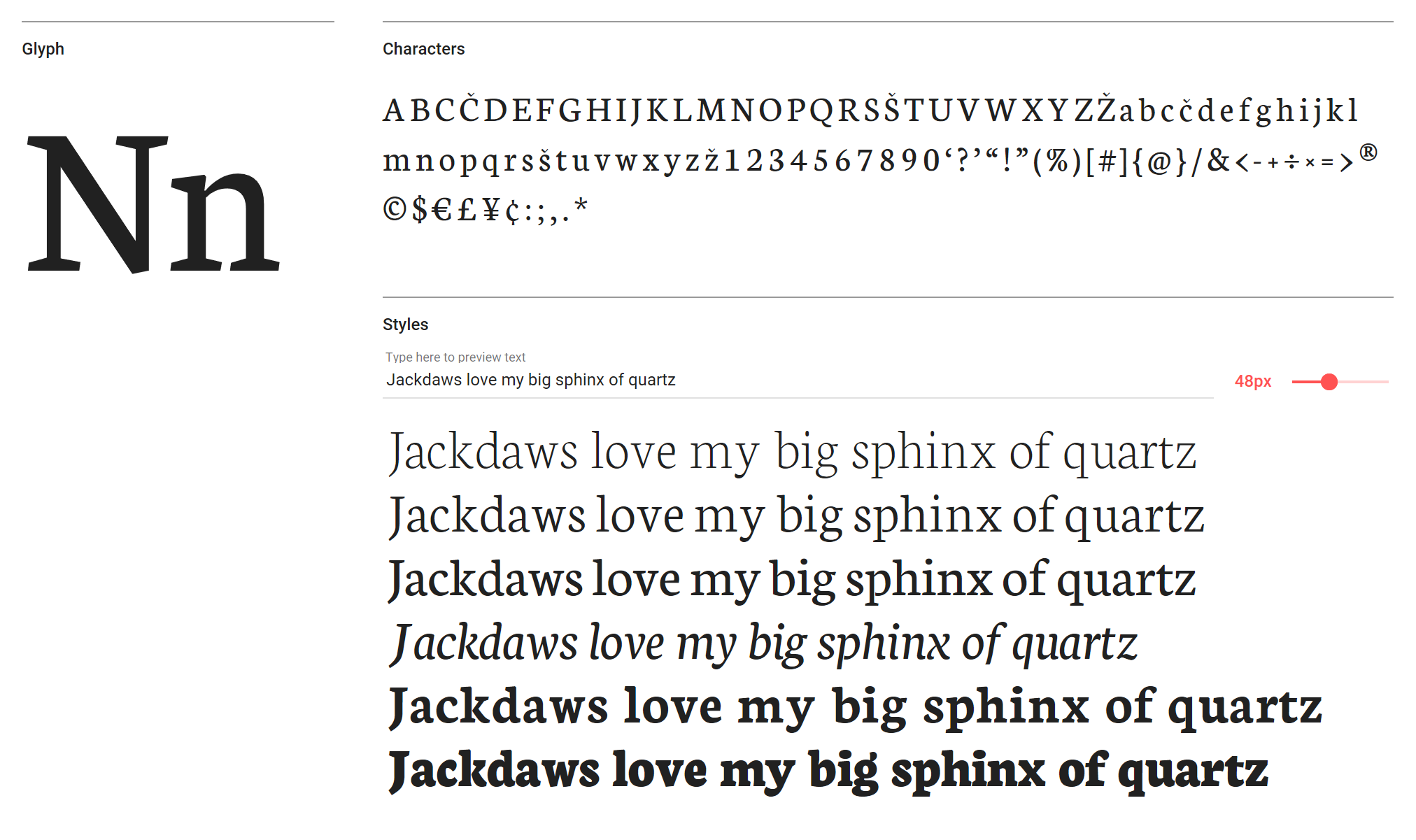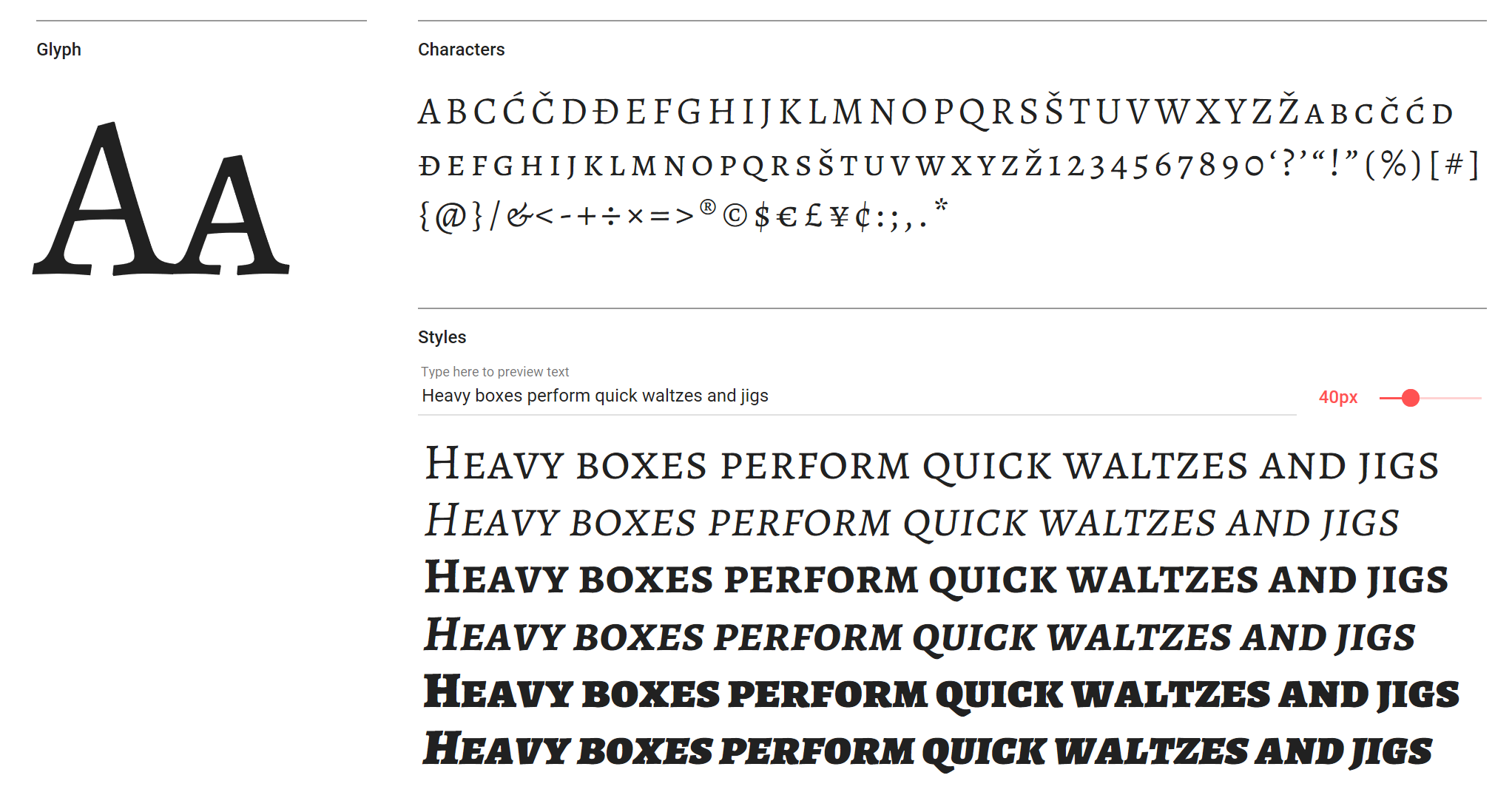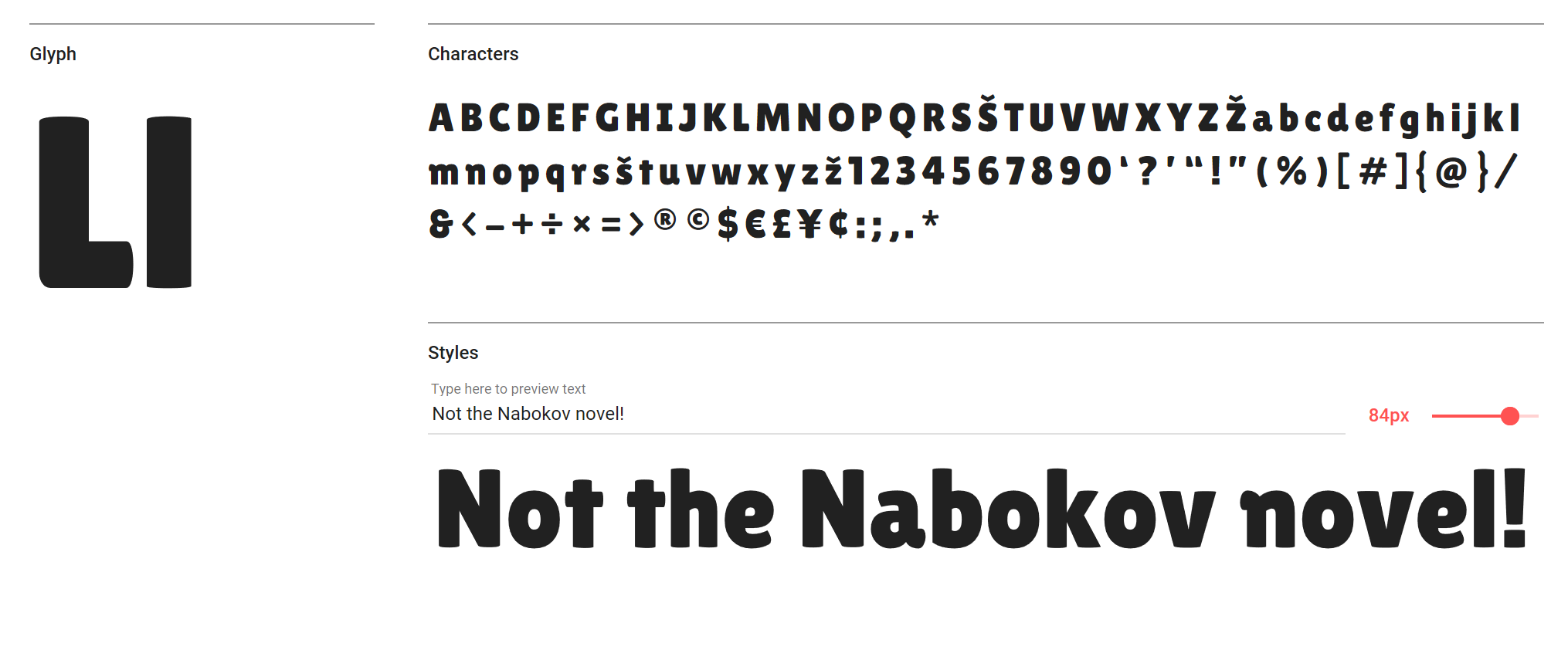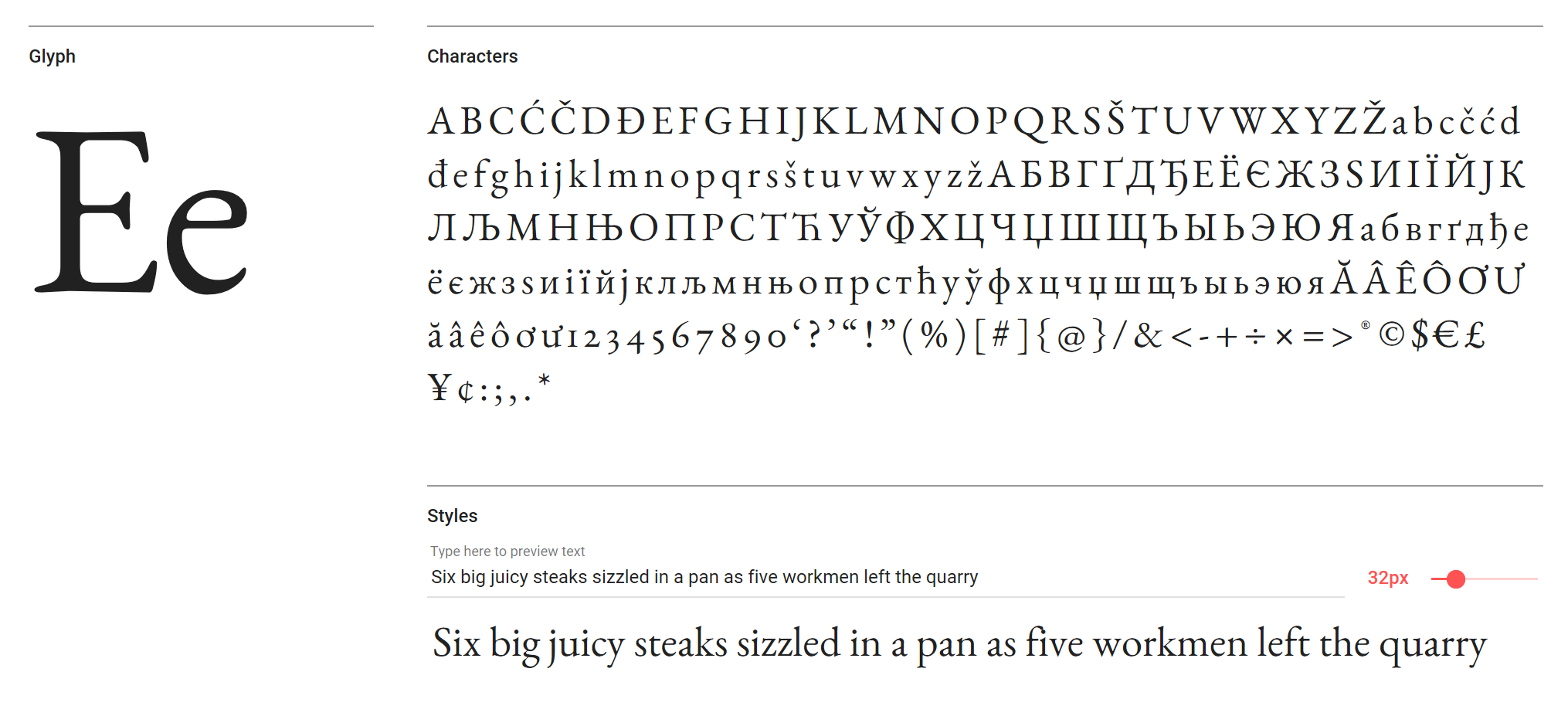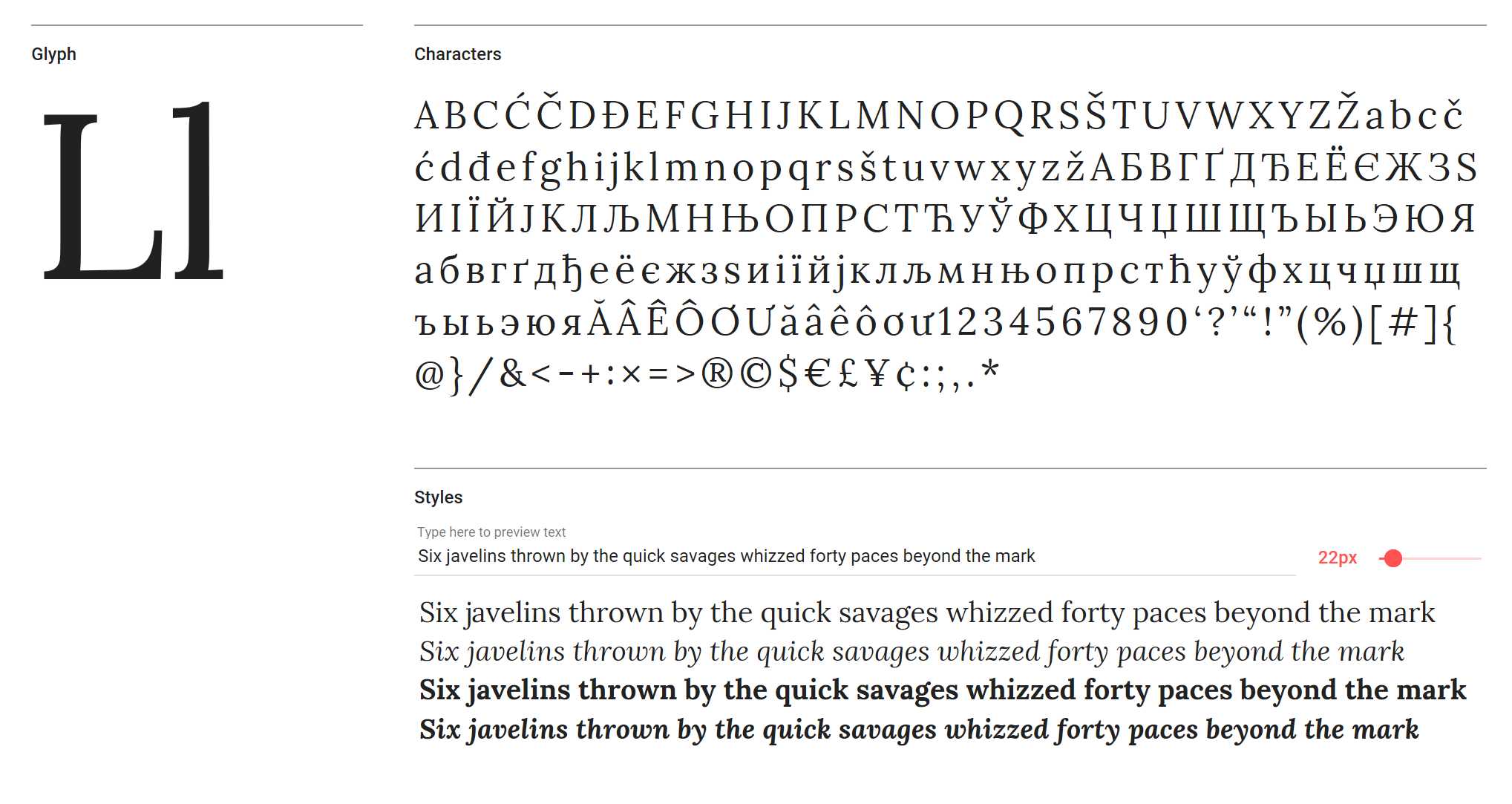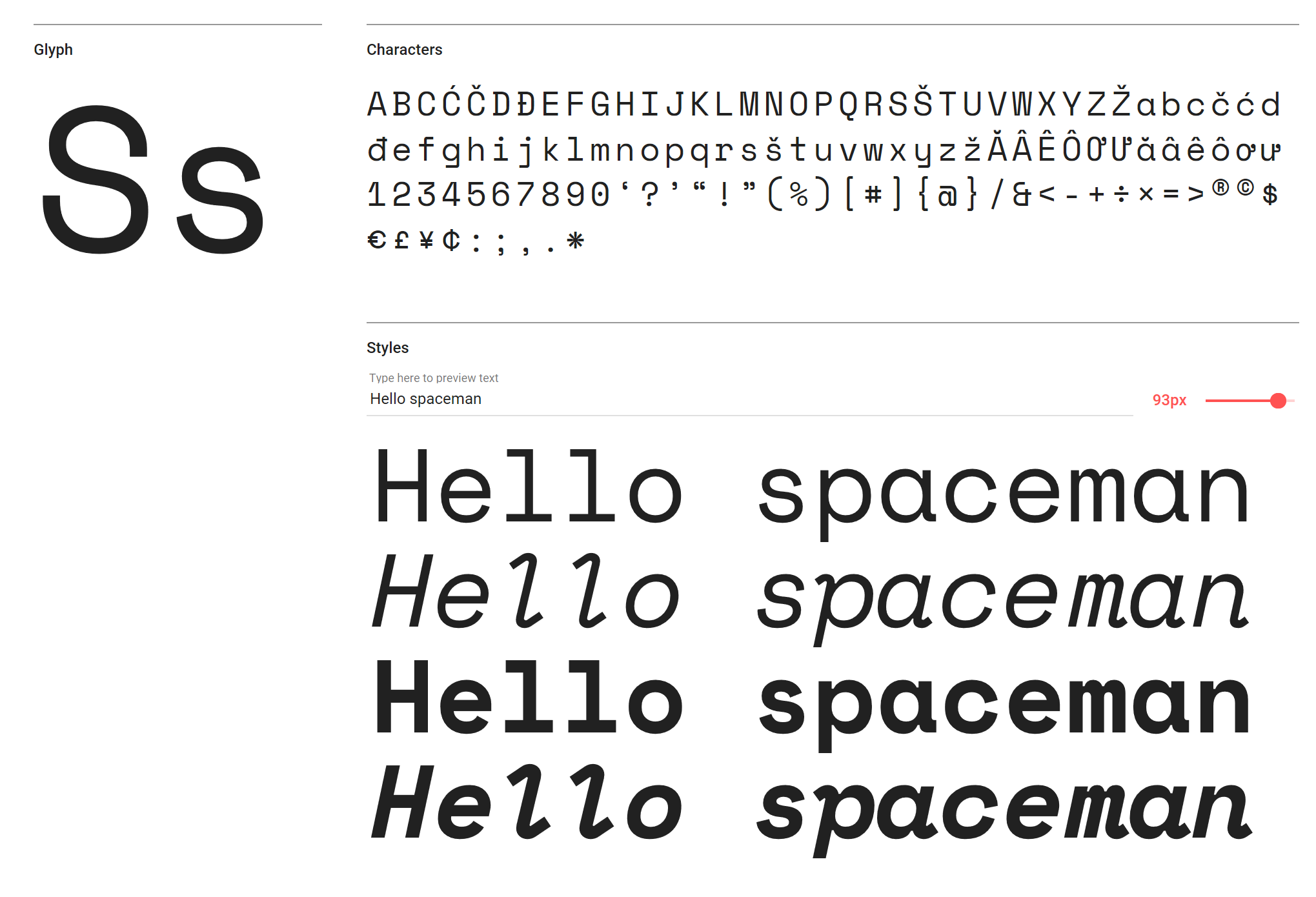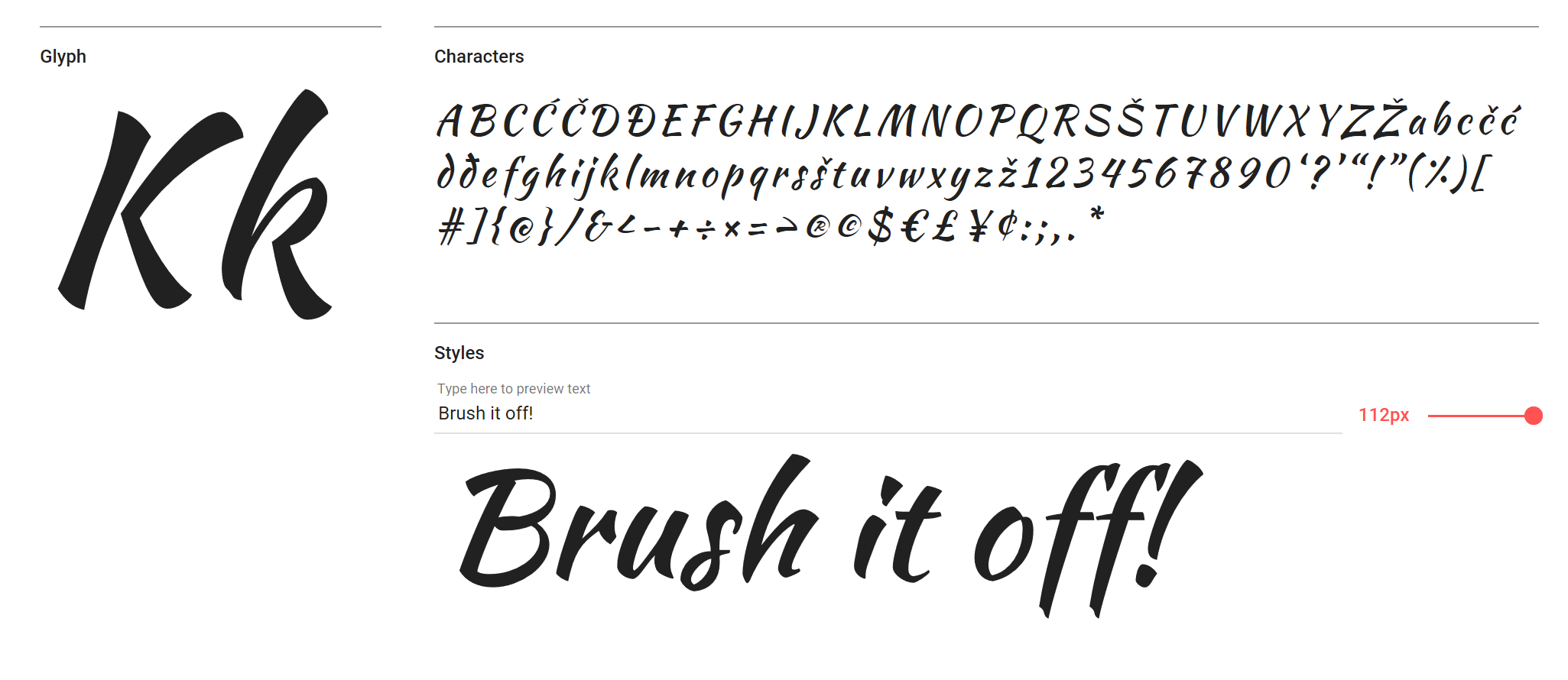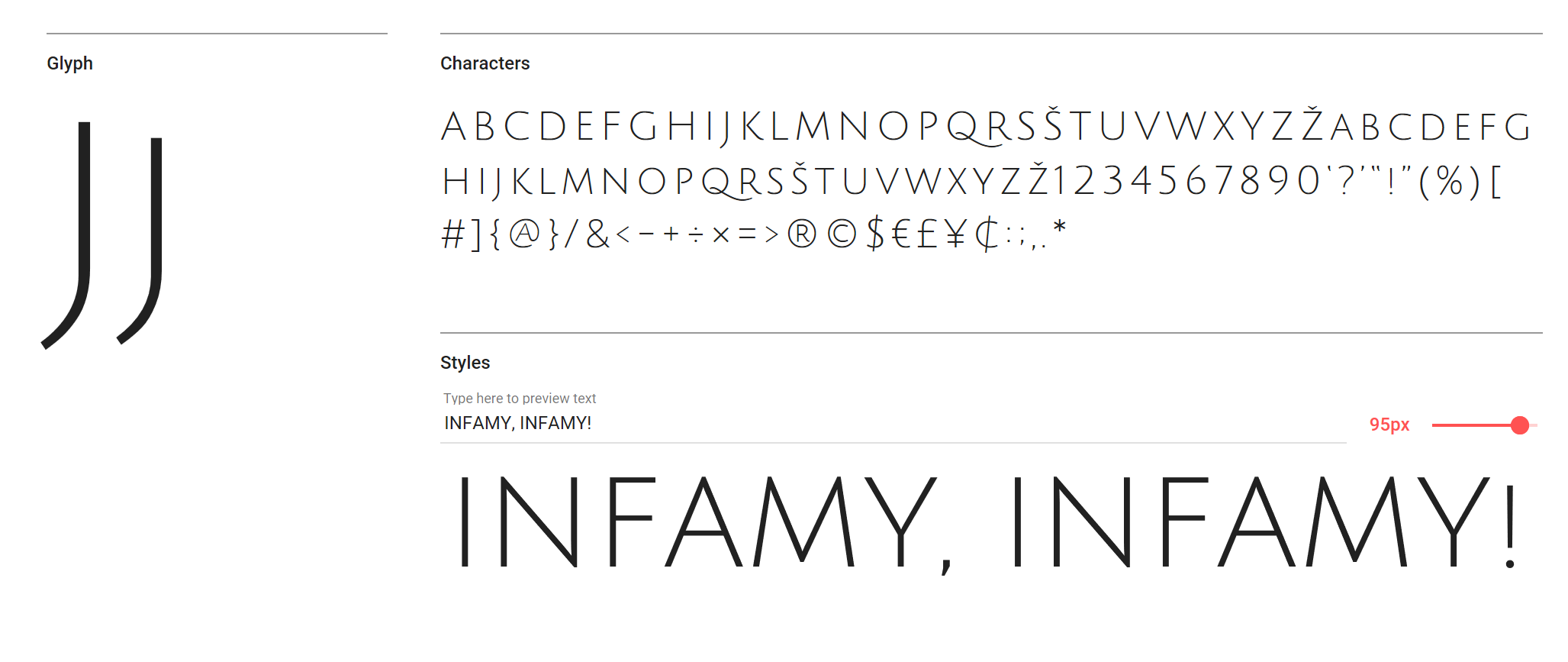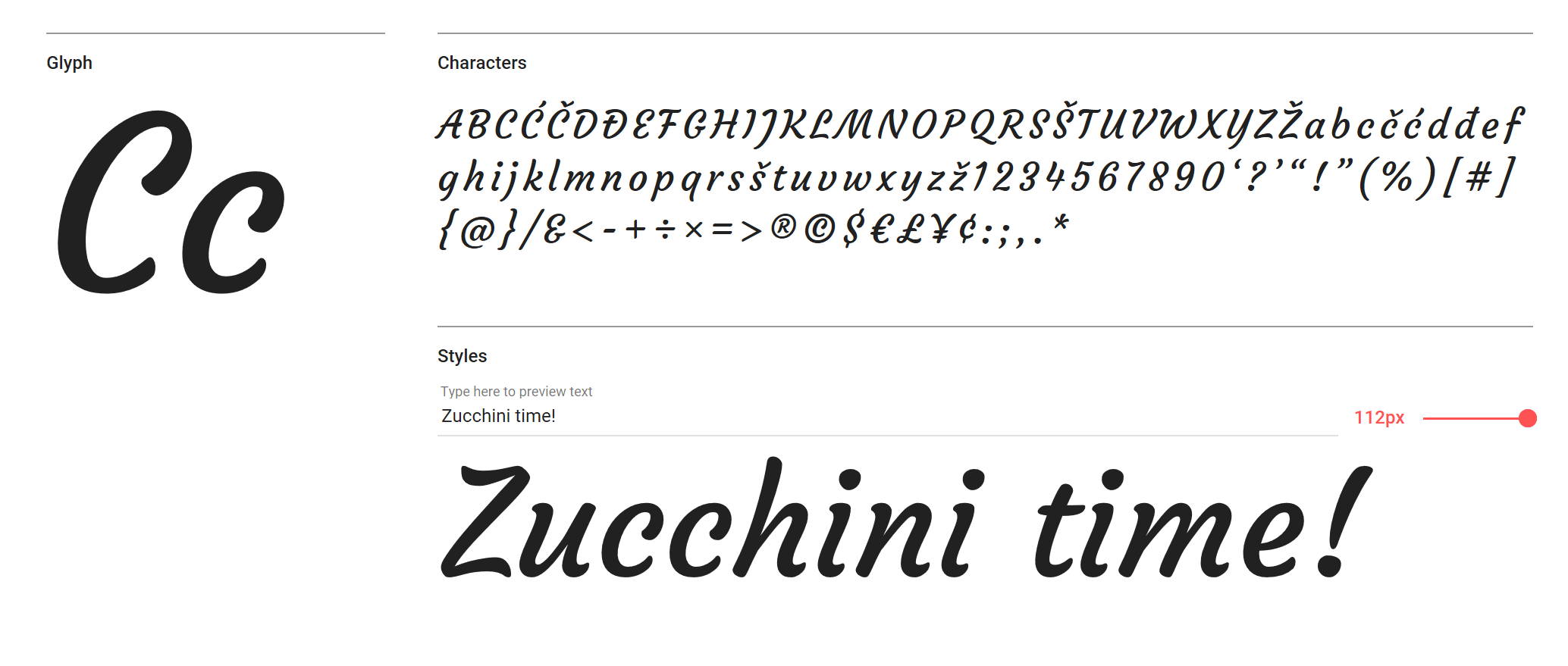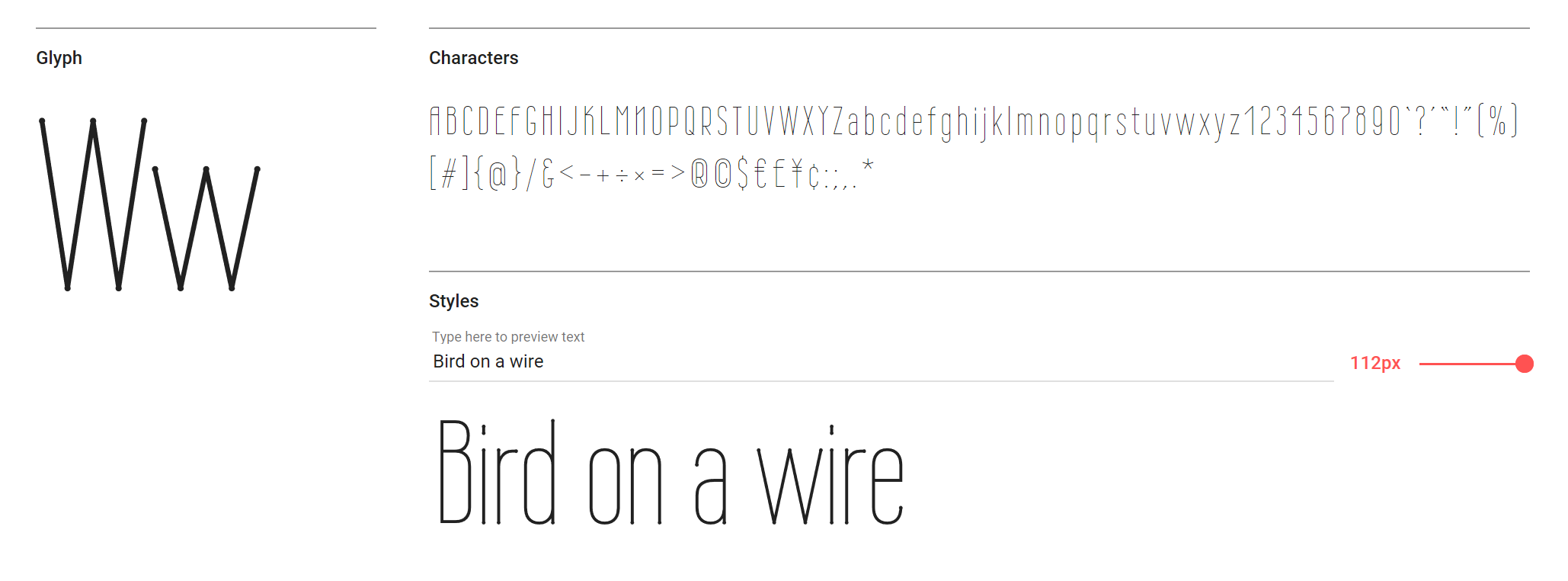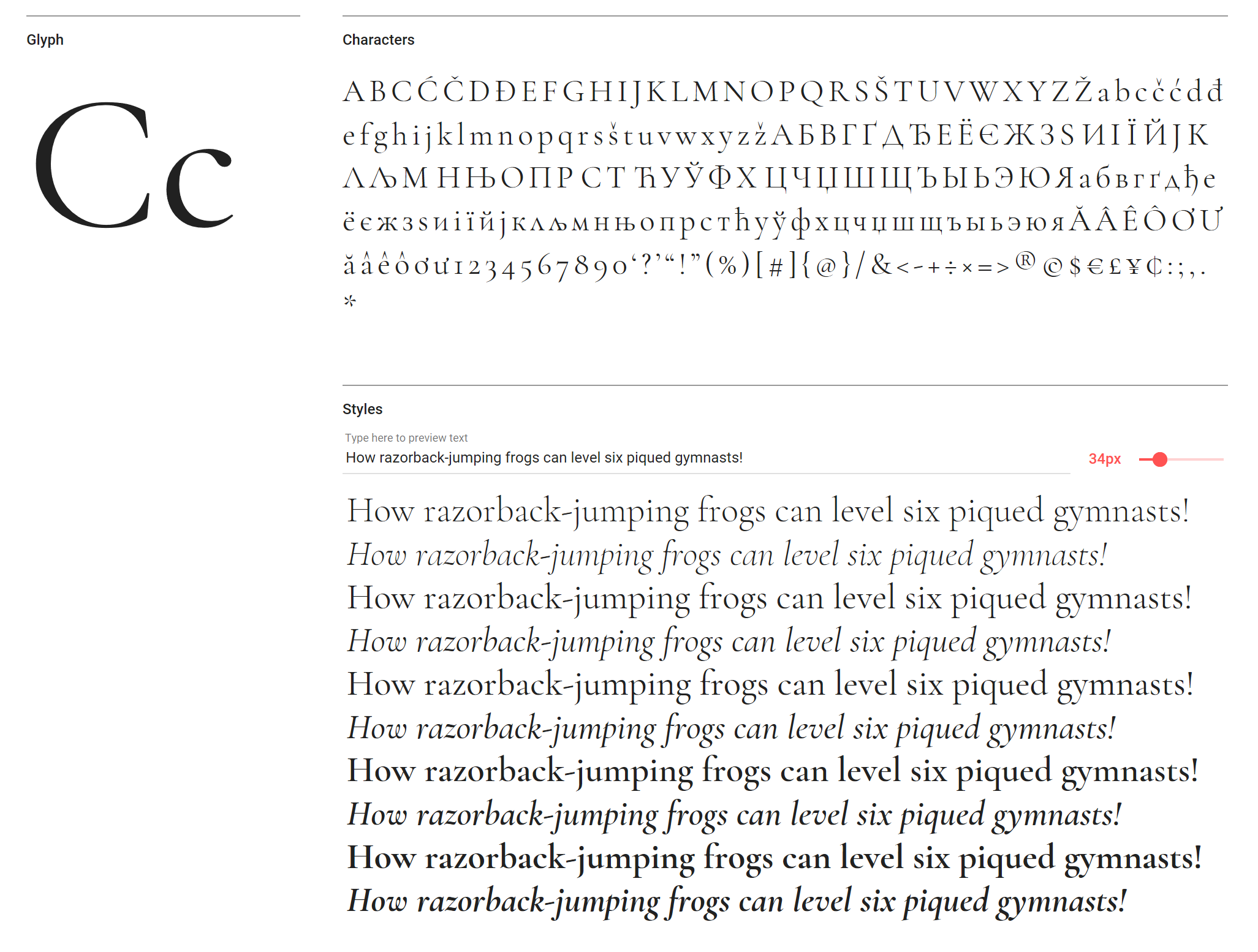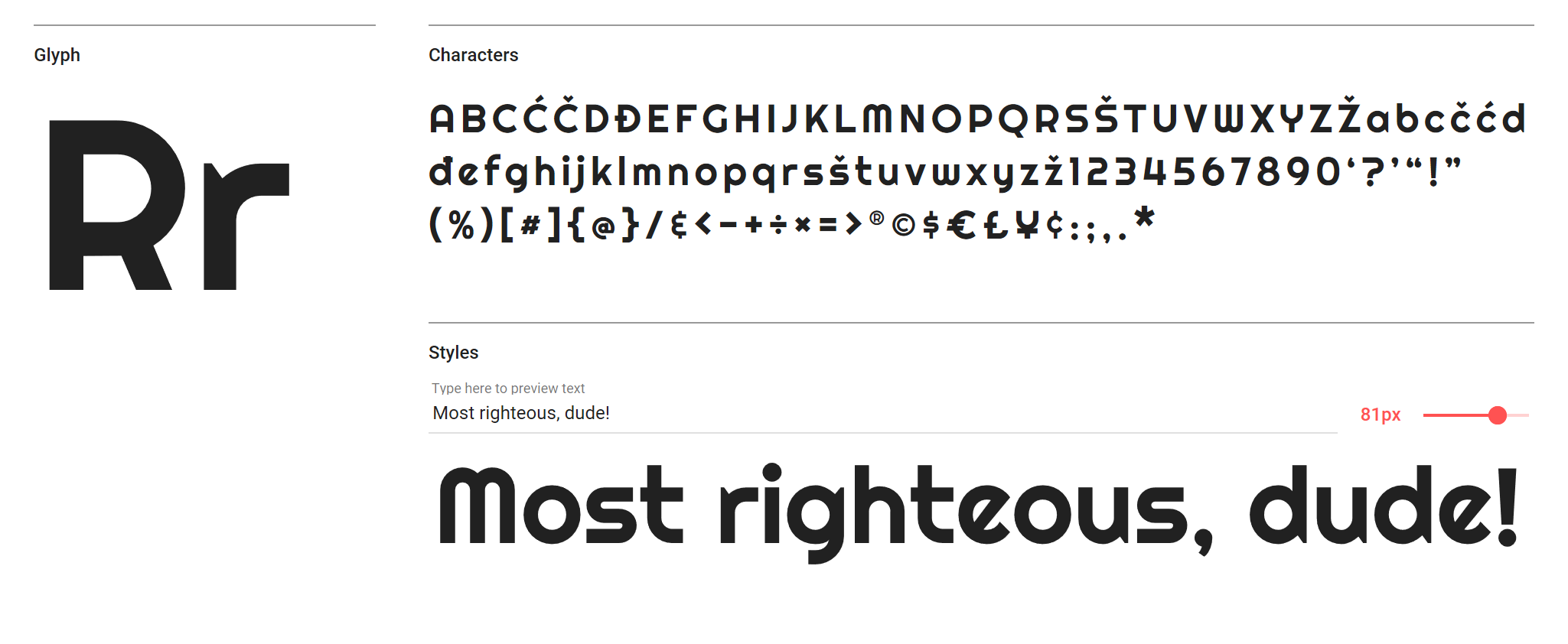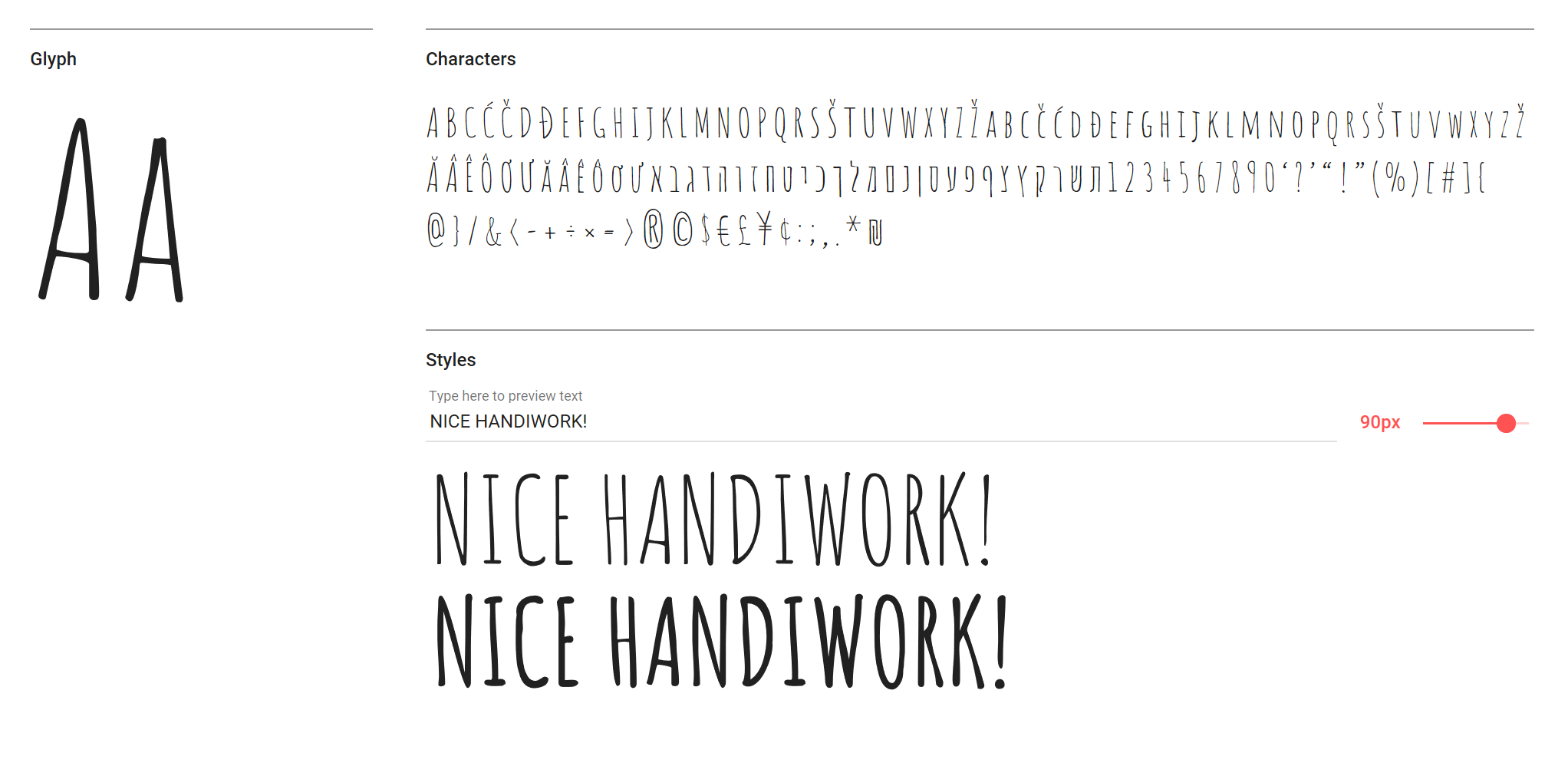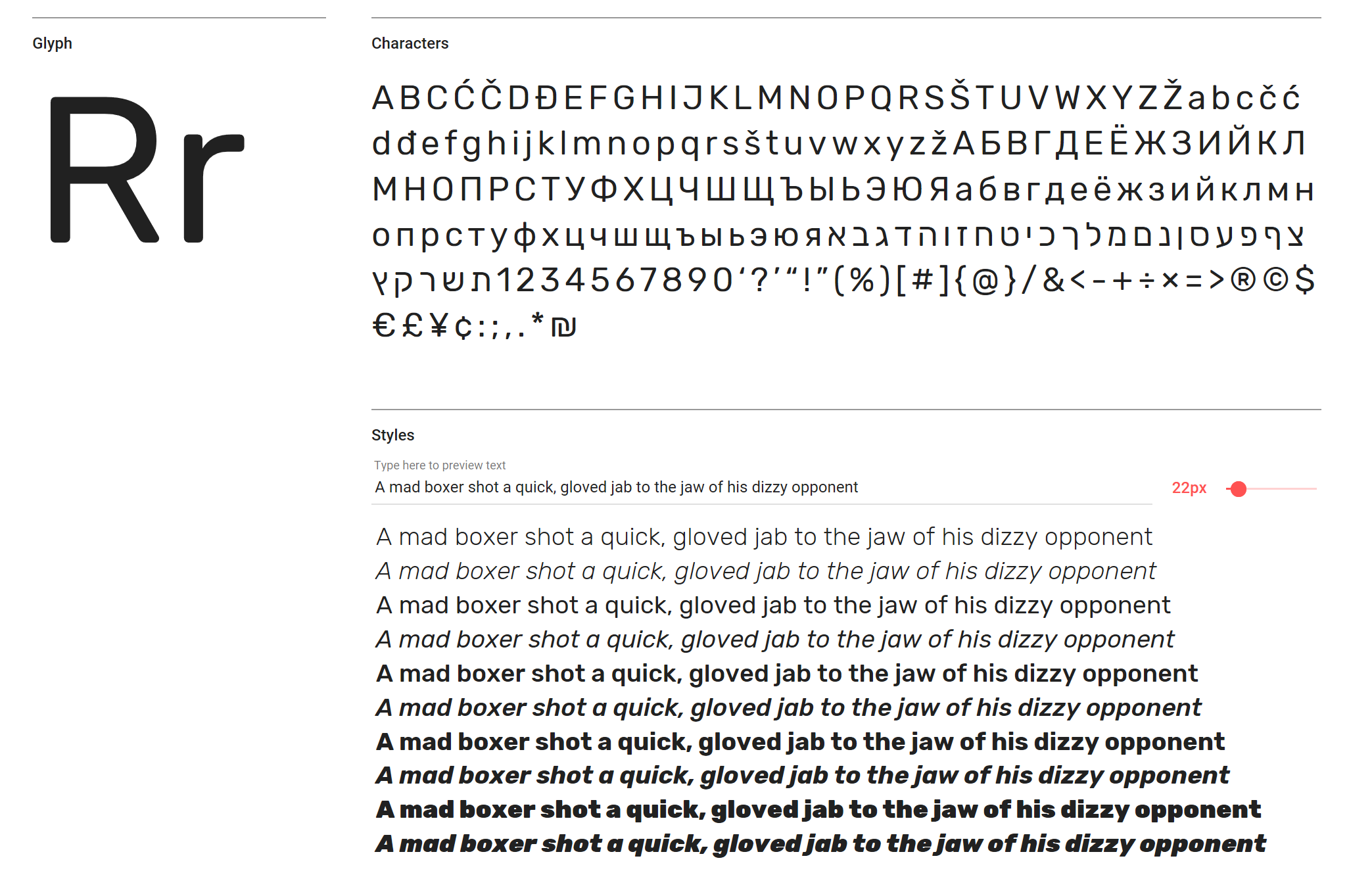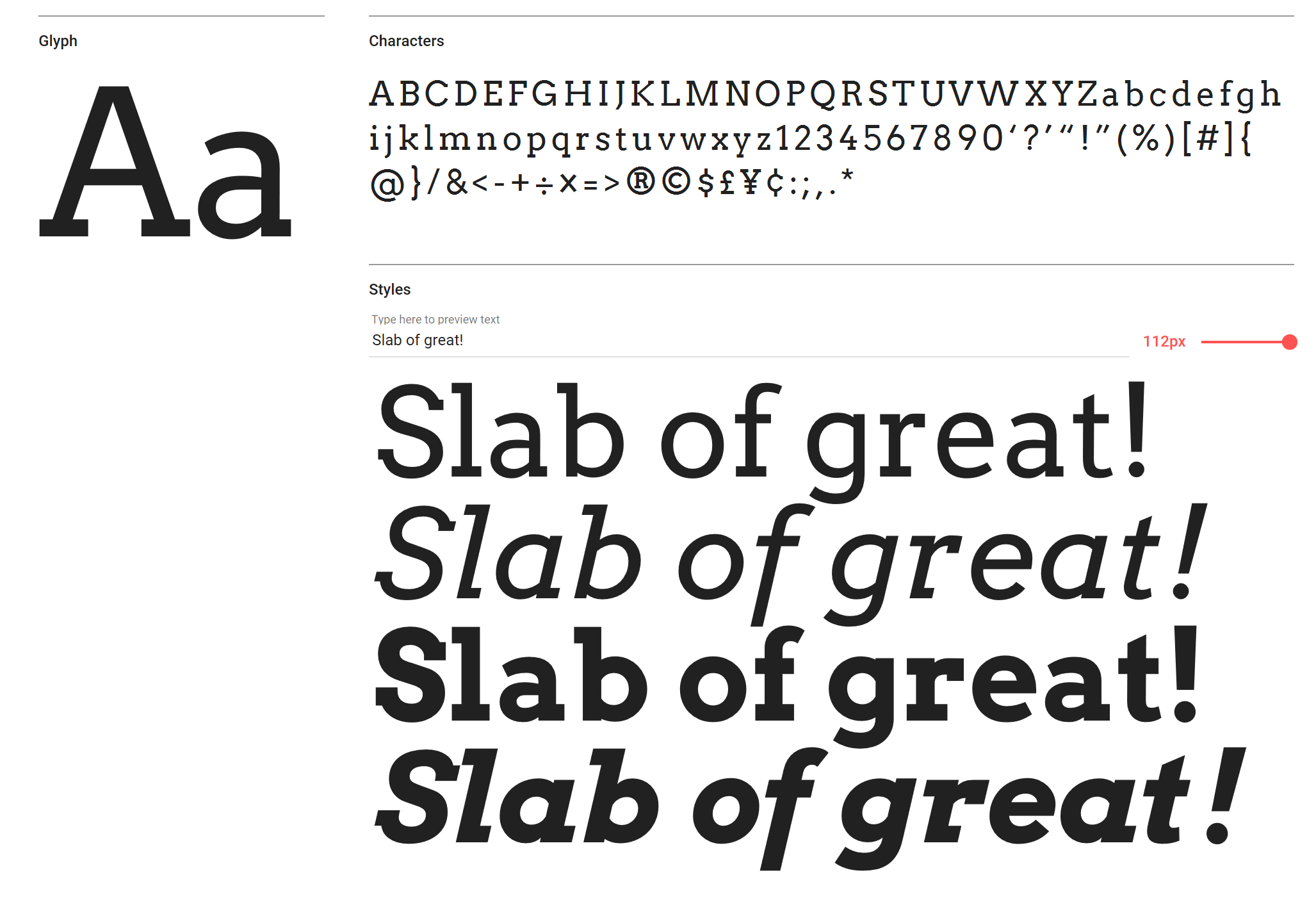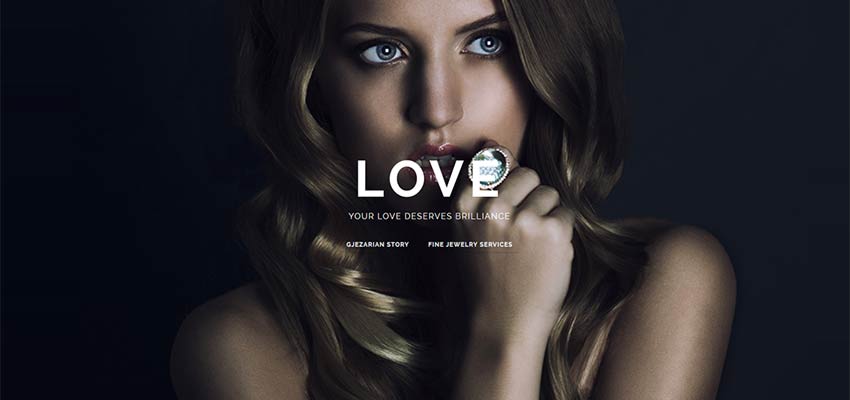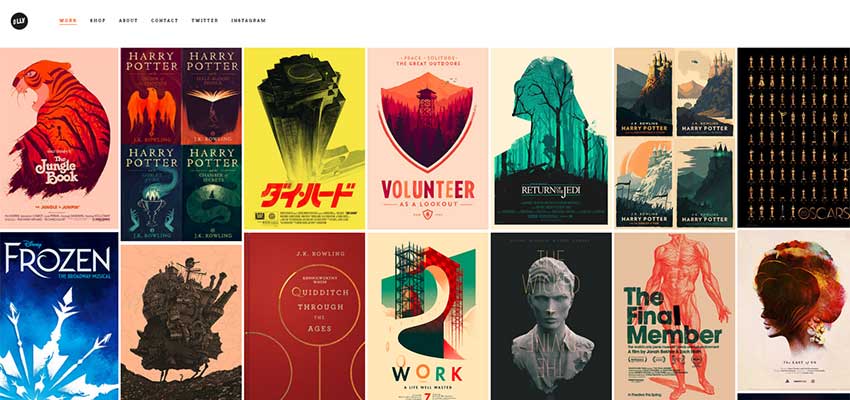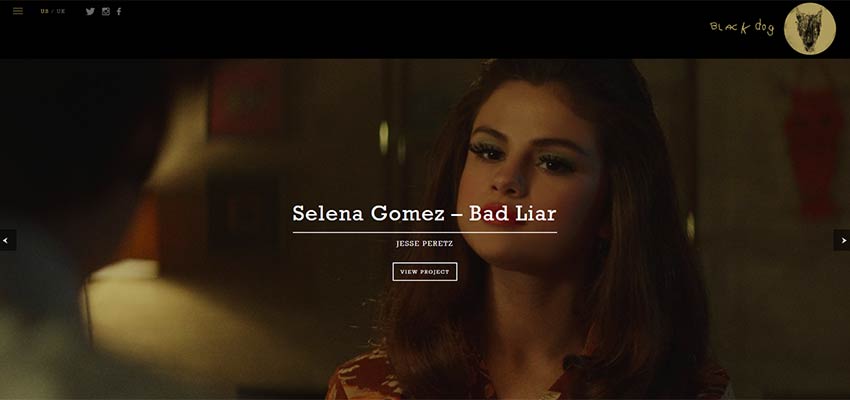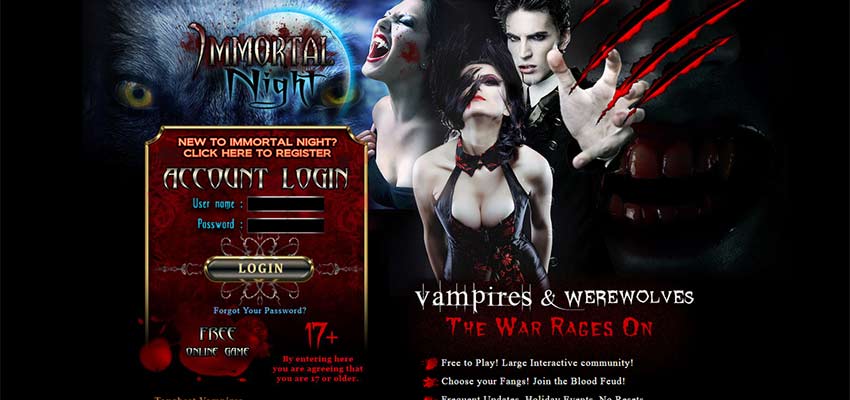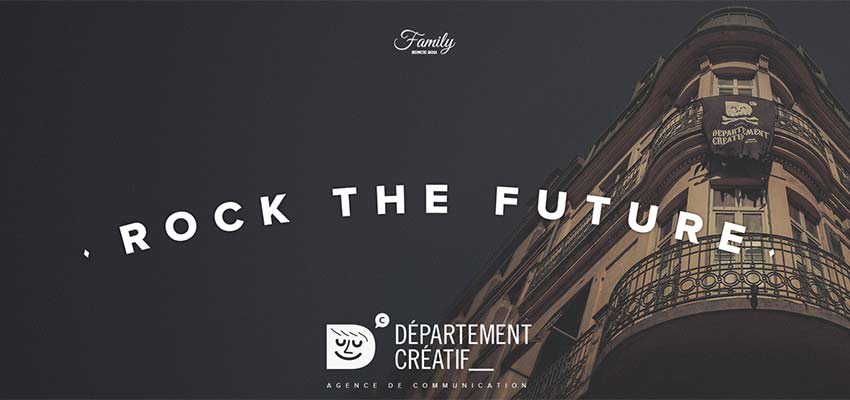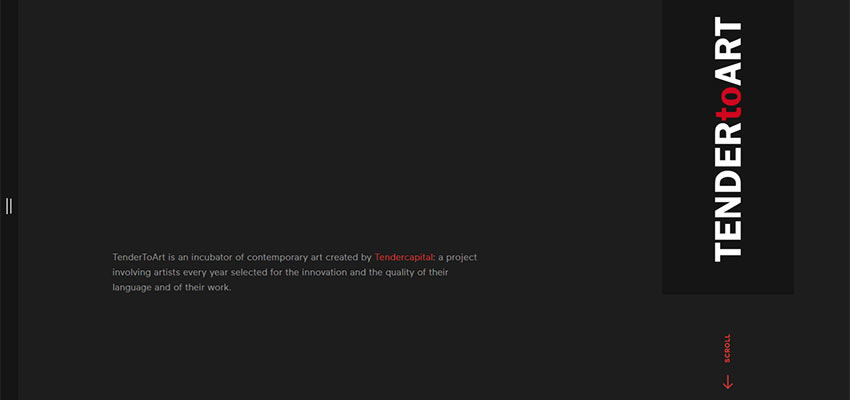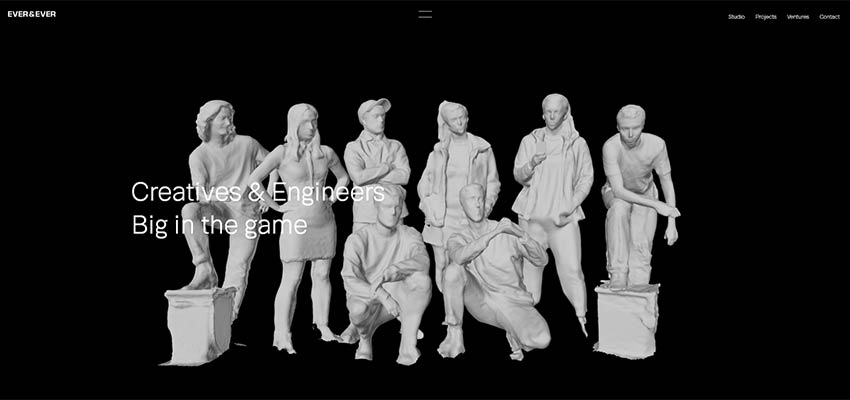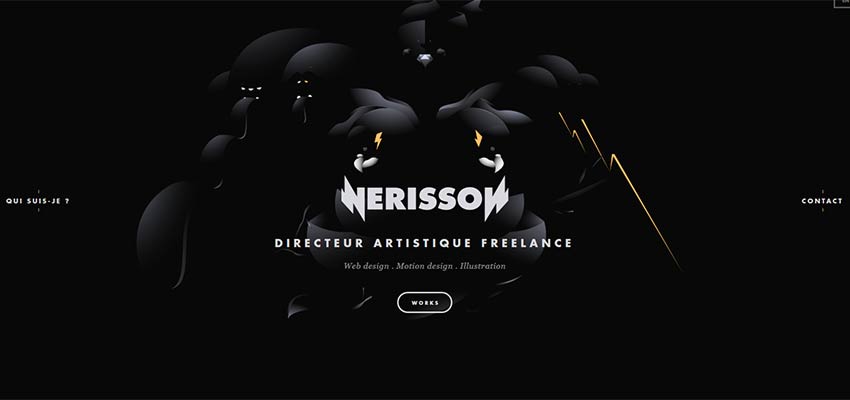Questions to Ask Clients Before Starting a Project
Original Source: https://inspiredm.com/questions-to-ask-clients-before-starting-a-project/
Graphic design clients come in a wonderful variety, but every designer has their tales of horror to tell about the treatment they’ve received from some clients. Much of the time trouble originates from misunderstandings, so if the potential for this can be reduced from the start, it will help avoid the resultant problems.
Knowing what to ask is important, and then actually asking the necessary questions is even more important. In this article we’ll share the first part of that task, and it will be up to you to implement it when the time comes.
1. What is your budget for the project?
This is the most important question of all. Many clients have unrealistic expectations, and they may expect a fixed cost to cover everything they request. Asking this question up front lets the client know your costs may be not quite so fixed, and that they’ll need to adjust their expectations to suit their budget.
You will also be able to provide your client with better advice this way. When you know what the client can spend, you can begin calculating what options to suggest. For example, on-location photography is more expensive than stock photography, but gives much better results. You’ll be able to give advice that helps the client make the right decisions.

gif illustration by R A D I O
2. When do you need the project completed by?
Clients also may have unrealistic expectations about the creative process, not realizing it can take time to produce quality work, and expecting you to work like you’re on a production line.
Creative work is a process that normally takes time. We may have moments of intense inspiration which drive us to produce a masterpiece in record time, but normally there are many steps to complete: conceptualizing, research, drafting, editing, rendering, and so on.
If the client gives a tight deadline, get them to justify it. Sometimes clients just want the job done within a certain time frame, and there are times that they won’t really have a reason. Clients with a reason should get priority because they know what they want and why they want it.
3. Who is the intended audience for this work?
It’s very important not to waste your time going down the wrong path. You can’t make assumptions about who the client is attempting to appeal to. Also, having this knowledge, you can make suggestions that the client hadn’t thought of. This makes the client feel secure that they have chosen a professional who can help them make the right decisions.

illustration by Olia & Roma
4. What features in this work do you want to have emphasis?
Clients need to identify the image they want to project to their audience. If they don’t have a strong sense of identity and purpose, you’ll be wandering aimlessly with no reference point to begin from.
What may happen then is you’ll spend time designing something that the client may not necessarily like, and that happens because you’re not sharing a common vision.
The best designs happen when you and your client are in harmony about what the finished work should look like and what goals it should achieve.
5. What similar items appeal to you?
You may need to clarify this question. For example, if it is a website design project, you should ask the client which websites they like best and why they like those sites. If it is a logo design project, ask which logos of other companies are their favorites and why. And so on and so forth.
Asking this kind of question helps establish what the client finds appealing. That may not necessarily be what’s best for them, and you can advise them if you have knowledge that can help them make a better decision, but it also helps you avoid a situation where the client is not satisfied with what you produce.
When you know what the client already likes, you job becomes far easier, because you can design appropriately. Just make sure you get a decent number of favorites so you can find what the examples have in common.
6. What designs in this category are your least favorite?
This question is probably just as important, because it helps you recognize what things you’ll need to avoid. Nothing kills a project faster than not knowing what your client does not like to see in a design.
Again, you’ll need a decent handful of examples to get some idea of the common features that the client isn’t interested in. You can ask them why, of course, but the answers may be too vague to be really helpful.
What you’re trying to gain is insight into the client’s mind, and very few clients know themselves well enough to provide that insight directly. Seeing their likes and dislikes visually in front of you is far more useful in most cases.

gif by Tim Constantinov
7. Do you have an existing design or style?
One of the most surprising things is clients sometimes forget to mention they already have a design or style theme that they need you to comply with. The more you understand about the existing corporate culture of your client, the easier it is to design for them.
Sometimes clients just expect you to know about them. They’re sure you will have heard of their business before and that you’ll know all about it. So they don’t tell you the vital information you need to know in order to produce the best results for them.
Getting that information is your job. You can’t leave it up to the client to tell you, because they almost never will.
Wrapping up
Asking these essential questions before you get started on the project is going to help you avoid problems and will also help you do your job more efficiently and effectively.
Nobody likes wasting time on a project and then not getting paid for their efforts. As creatives, it can be especially rough on you when a client rejects your work, and that can affect your confidence as you go to start on the next project.
If you ask the right questions, you’ll know the right way to go about the task, and the result is better for everyone involved.
header image courtesy of Matt Chase
The post Questions to Ask Clients Before Starting a Project appeared first on Inspired Magazine.

